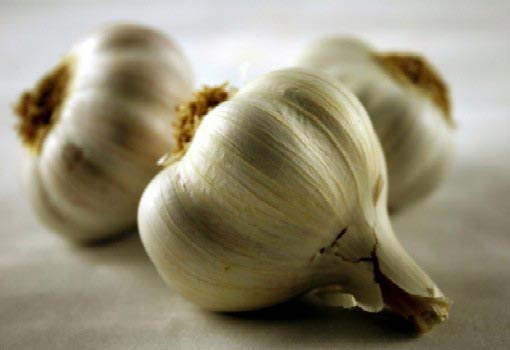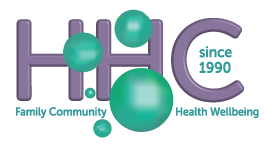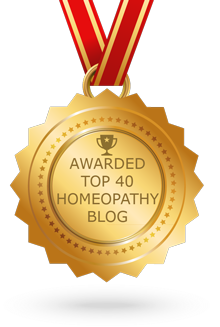Chop, chew or crush your garlic for maximum immune support
If you are into FOOD AS MEDICINE then garlic is GOLD for health benefits. Garlic has been used both as a food and a medicine since the ancient Greeks. We know, because they wrote about garlic’s benefits even then. The Egyptians kept their workers on the job by using garlic to increase resistance to infection and also used it topically to prevent wound infection. These antibacterial (antimicrobial) properties were later proved scientifically by Louis Pasteur. Traditional use records garlic as useful in preventing and treating coughs, colds and flu and expelling worms and other parasites.

Garlic (Allium sativum) bulbs contain numerous constituents including organosulphur compounds, but it is the alliin component and its resultant degradation products, allicin and ajoene that are responsible for most of the pharmacological activity. When chopped or chewed or crushed, the enzyme alliinase is released and acts to break down alliin to form allicin and ajoene. So roasted garlic, while delicious, will not have the same health benefits of crushed raw garlic.
Benefits of garlic
The allicin in garlic has a wide range of health benefits, including being effective against numerous bacteria, viruses and fungi. Used both externally and internally, it both treats and prevents a variety of infections.
Common Cold Prevention
A 12 week double-blind random controlled trial (the gold standard of trials) showed that allicin-containing garlic preparations significantly reduced the incidence of colds and accelerated recovery compared with placebo. Specifically, the number of symptom days was 5 in the placebo group and 1.5 days in the garlic treated group, which also showed reduced likelihood of recurrence, where the placebo did not.
Anti-fungal infections
Treatment of athlete’s foot, jock itch and ringworm was found 100% effective after 60 days, in a trial of 1% ajoene cream (garlic) compared to 1% terbinafine (Lamisil) which cleared 94% of cases. The ajoene cream was better tolerated than the terbinafine cream. The recommended dose for topical creams is 0.4-0.6% ajoene applied twice daily.
Anti-Oxidant Activity
Garlic directly scavenges free radicals, and enhances endogenous antioxidant systems such as glutathione. Glutathione is a powerful antioxidant essential for alleviating oxidative stress and protecting individual cells and tissues from free radicals. It is also known to enhance healthy growth and enhance the activity of immune cells needed for disease resistance and immune protection.
Prevents Heart Disease
Garlic had been shown to lower both systolic and diastolic blood pressure, total cholesterol and LDLs (bad cholesterol) as well as increasing HDL levels (the good ones). This in turn helps prevent heart attack, atherosclerosis and stroke.
Prevents Deep Vein Thrombosis
Allicin in garlic acts as an anticoagulant, so good for avoiding DVTs on long flights but also needs to be monitored in those taking anticoagulant drugs. Normal dietary intake is generally not a cause for concern.
Supports Circulation System
Allicin may support the circulatory system by enhancing peripheral micro-circulation. This would indicate a supportive benefit in diabetes.
Effective against Food Poisoning
Diallyl sulphide in garlic is a stronger and faster acting antibacterial in food poisoning, when compared to erythromycin and ciprofloxacin (the two most commonly prescribed antibiotics).
Champhylobacter is the most common food poisoning bacteria, found especially in raw or undercooked poultry or from cross-contaminated via dirty surfaces and utensils. Diallyl sulphide is also effective against other food-borne bugs, including Listeria monocytogenes and Escherichia coli O157.
Deters Vampires – although no random controlled trials have been done! More research is needed.
Allicin may also have hypoglycaemic, anti-inflammatory and immunostimulant activity. Increased consumption of garlic has been shown to be associated with decreased risk of stomach and colorectal cancer.
Drug Interactions
Therapeutic levels of garlic may have important drug interactions including with anticoagulants, antiplatelet drugs, antihypertensives and antihyperlipidaemic agents.
Some of these interactions may be beneficial but need to be monitored by the prescribing practitioner.
Therapeutic doses of allicin should not be taken by people with bleeding disorders.
Due to anticoagulant activity, therapeutic doses of allicin should be stopped 2 weeks before surgery.
Adverse reactions
Breath and body odour, allergic reactions, nausea, heartburn, flatulence, abdominal discomfort and diarrhoea have been reported in some people.
How much should I take?
2-5g daily of fresh raw garlic (ensuring it has been bruised, crushed or chewed)
Raw or cooked? Raw has more antibiotic effect than cooked garlic, but the later still has therapeutic qualities.
Garlic supplements – take as per label.
Not all Garlic preparations are equal
Fresh garlic and top quality dried garlic powder contain alliin, together with the alliinase enzyme required to release the active ingredients allicin and ajoene.
However, it is known that some preparations do not contain the alliinase enzyme, thus compromising the allicin activity. It is therefore important to only buy a top quality product from a manufacturer that you trust.
*References available on request
- Homeopathy for Waterlogged Plants and Gardens - 12/10/2022
- Allergies relieved with Homeopathy - 20/09/2020
- Homeopathic Travel Remedies First Aid Kit - 08/10/2019




Leave a Reply